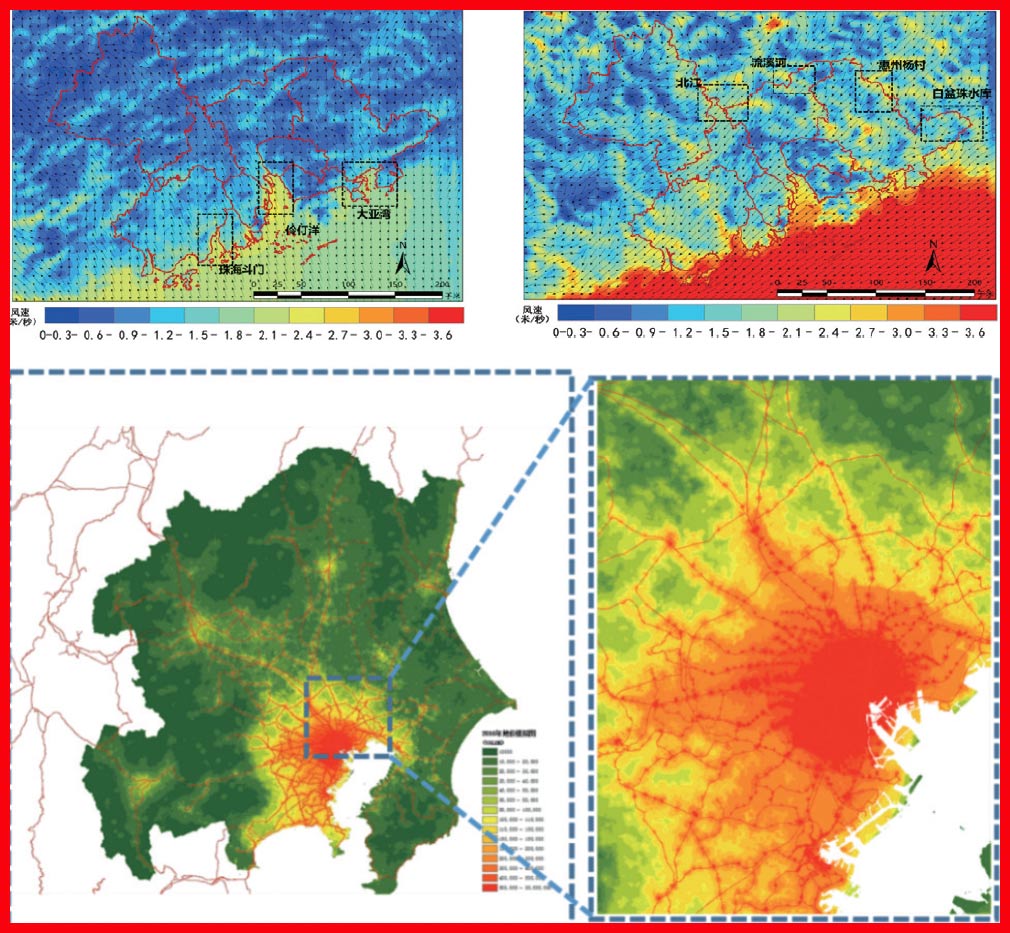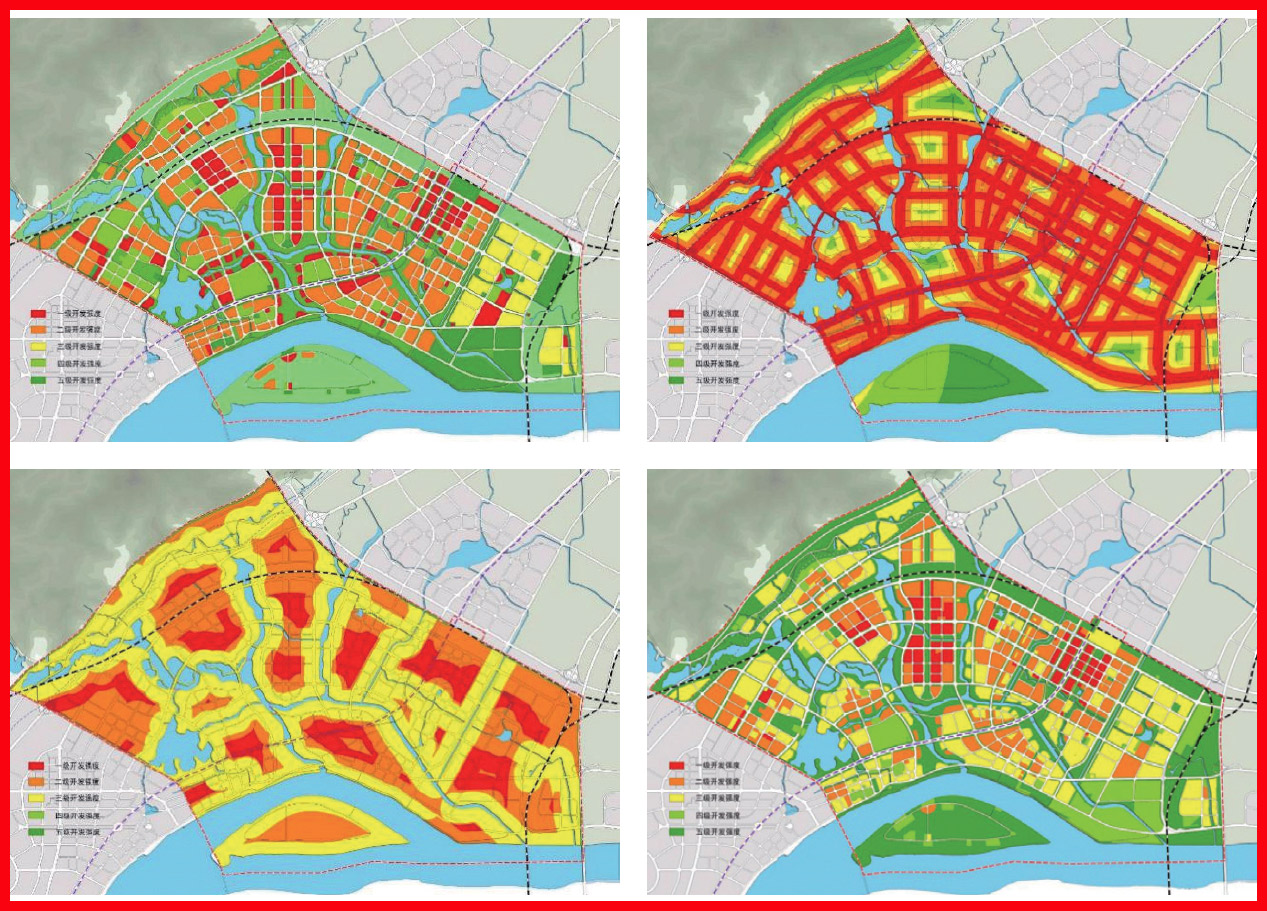
扫一扫,关注我们
发布时间:2017-09-11来源:作者:
Based on the extended application of big data technology in the planning industry in recent years, the institute has carried out a series of explorations and studies and accumulated certain achievements and experiences. By sorting out the existing research results, key emphases in work can be roughly summarized into four aspects: data standard setting, model innovation and application, multi-source data analysis, and the refined planning and design relying on big data. It can be said that the big data analysis application system in the institute has been formed initially.
Overview of Data Application Module
A brief introduction is given below on the relevant research results based on the above-mentioned four aspects.
1.
Formulation according to standards
The detailed regulations shall be
conducted for the standards of processes such as the submission for approval,
reporting for filing, information-based warehouse input of the statutory
planning of urban and rural areas, so as to comply with the historical trend of
urban planning informatization, and respond to the national policy of
"strive to the end as guided in the blueprint"; in order to meet the
construction needs of "Guangdong Wisdom Planning Information Services
Platform", it provides the data support to promote the urban-rural
planning and management system reform and the linkage of provinces and cities.
It has formed seven standard documents, which are as shown in Figure 1,
 including Specification for Submission
for Approval (Filing) of Statutory Urban-rural Planning Results in Guangdong
Province (including urban master plan, recent urban construction planning,
detailed planning for urban control) and Data
Standard of Statutory Urban-rural Planning Results in Guangdong Province (including urban master plan, recent urban construction planning, detailed
planning for urban control) and Classification
Code and Symbol Style Standards for Statutory Urban and Rural Planning Elements
of Guangdong Province.
including Specification for Submission
for Approval (Filing) of Statutory Urban-rural Planning Results in Guangdong
Province (including urban master plan, recent urban construction planning,
detailed planning for urban control) and Data
Standard of Statutory Urban-rural Planning Results in Guangdong Province (including urban master plan, recent urban construction planning, detailed
planning for urban control) and Classification
Code and Symbol Style Standards for Statutory Urban and Rural Planning Elements
of Guangdong Province.
It is featured with three orientations
(1) Oriented at the planning information, all the data are guaranteed with the standards of "all covered without exception";
(2) Oriented at the urban and rural planning reform, the key data is guaranteed with the standards of "aiming at well managing large enterprises while adopting more flexible policies toward small ones";
(3) Oriented at the provincial, ministerial and municipal three-level three linkage, the input efficiency is guaranteed with "template + software".
2. Build high plasticity model to meet the promotion needs
The "Big Data + Planning" is the new direction for planning and development. It is the top priority for the combination of dual disciplines as how to effectively utilize the big data and achieve the standardization and flow pattern of the processes such as data acquisition, data storage, data analysis and data visualization.
In this project, by reserving the model parameters interface, it ensures that the model data can be replaced and the analysis parameters can be fine-tuned, so that the model can be applied to different planning and site selection projects, including urban facilities location, hospital location, fire system site selection, etc. The standardized model analysis process can further improve planning efficiency, increase planning accuracy, save planning time and manpower, so as to better save planning costs, and reflect the humanistic and intellectual characteristics of planning as shown in Figure 2.

3. Multi-source data analysis
Through the integration of multi-source data such as environment, municipal administration, spatial status, planning plan, POI data, real-time heat distribution of population, real-time traffic flow data, real-time sign-in status of network users and so on, the analyses are conducted for eco- environment, wind environment, water environment, residents living situation and residents travel modes and preferences, the flow of passengers and goods and so on, so as to provide data support for the preparation of a more reasonable planning program, which is as shown in Figure 3.

4. Refined planning and design relying on big data
Based on the model innovation and application as well as the integration and analysis of multi-source data, it is able to promote the implementation of work such as formulation, evaluation and optimization of urban planning and design, so as to achieve the precise transformation of planning and design from qualitative to quantitative level, which is as shown in Figure 4.

我院近年来承担的典型大数据应用项目:
The typical big data application projects undertaken by the Institute in recent years are as follows:
1、基于大数据的住房空置率分析方法及应用研究
A Big Data Method on Housing Vacancy Rate Analysis and Application Research
2、珠三角地区城市通风廊道规划建设模式研究
Study on Planning and Construction Mode of Urban Ventilation Corridor in Pearl River Delta
3、时代地产土地价值研究
Research on Land Value of Times Property
4、广东省法定城乡规划成果报审(报备)技术规范暨数据标准
Planning Data Standards for Approval (filing) of Statutory Urban and Rural Planning Guangdong (for Trial Implementation)
5、关于FLUENT 软件在城市总体规划中应用方法的研究
Research on Application Method of FLUENT in City Overall Plan
6、粤北欠发达地区城市扩容提质之空间网络研究——以韶关市为例
The Spatial Network of Accelerating the Center City Expansion and Quality Improvement in Less Developed Areas in Northern Guangdong—A Case Study in Shaoguan
7、基于土地经济与交通承载模型的容积率区间确定与GIS 模块实现研究
Research on the Volume Ratio Determination and GIS Module Implementation Basing on Land Economy and Traffic Bearing Model
8、基于大数据的足球场地设施规划选址专题研究
Research on Football Facilities Location Allocation Based on Big Data
9、华夏幸福粤港澳大湾区都市圈产业新城选址研究
Siting Research on Industrial New City of Metropolitan Area in Guangdong-Hong Kong-Macao Greater Bay Area of CELD